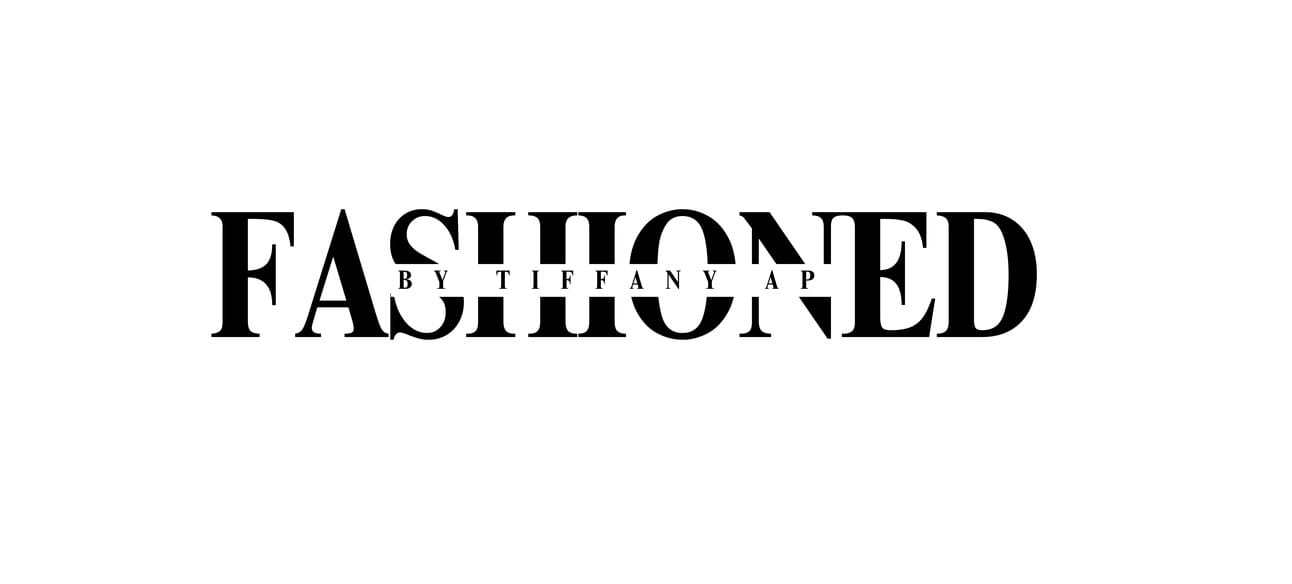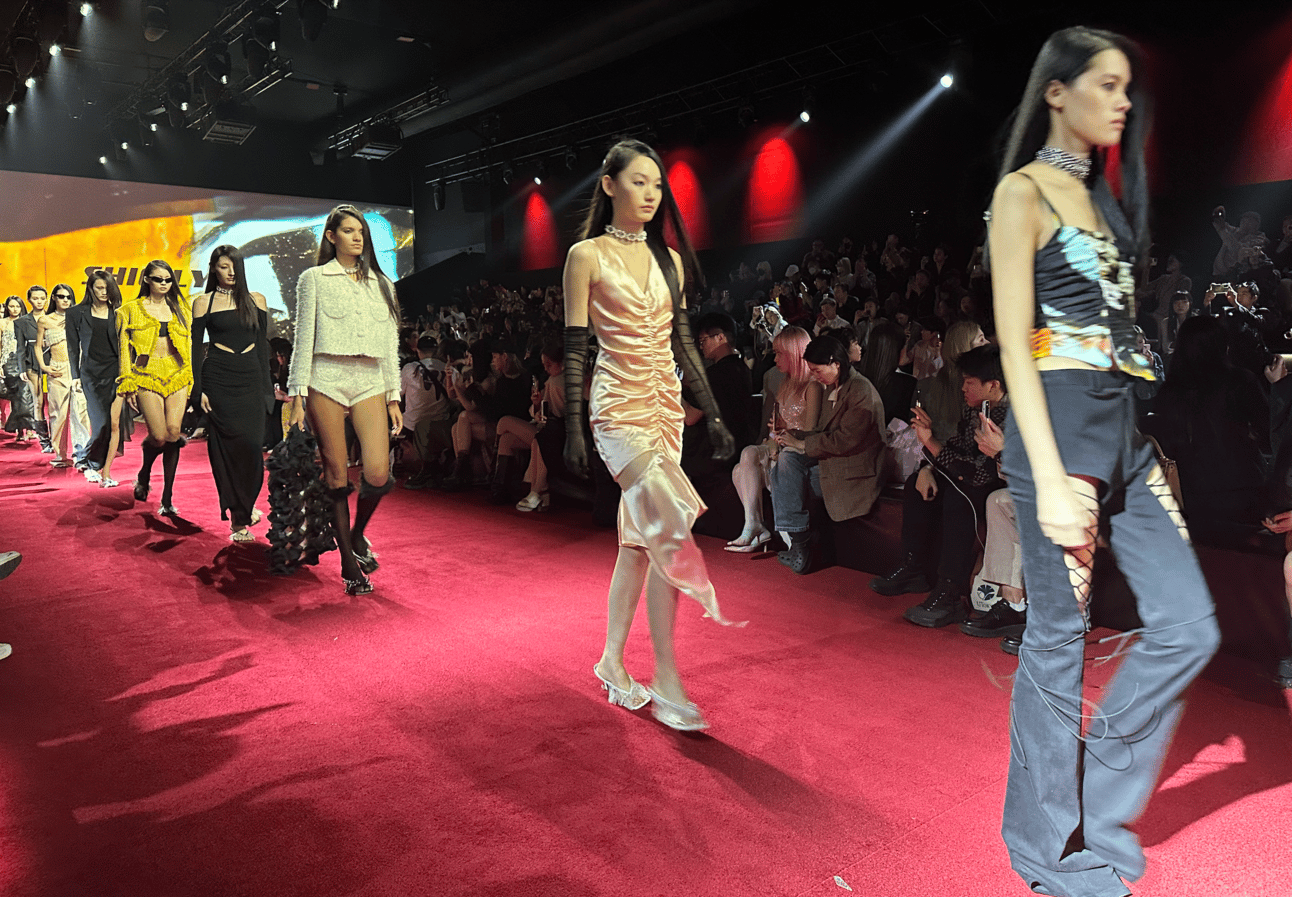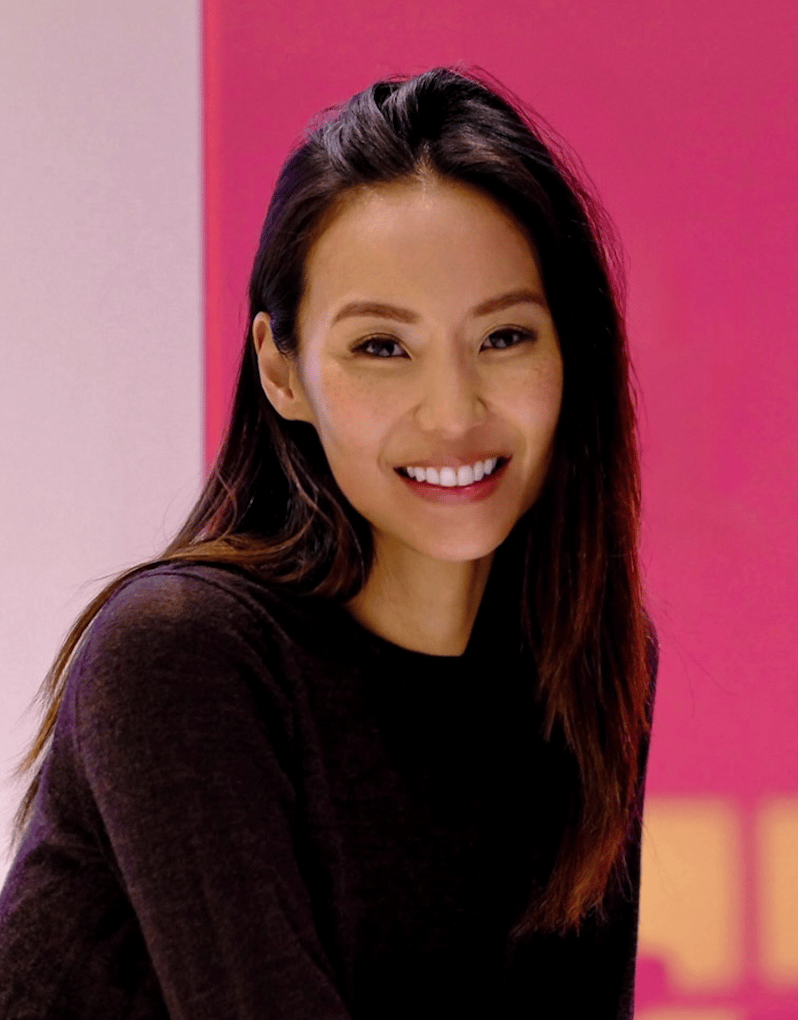- Fashioned
- Posts
- About
About

Fashioned is a newsletter for people who work in fashion, invest in it, or aspire to work in the industry.
I’m Tiffany, and I’ve been covering fashion, retail and luxury since 2012. I studied journalism at Columbia and ever since, my career has been devoted to bridging the divide between the fashion and finance communities (and boy, is it pretty big). I led China coverage for both Women’s Wear Daily and Business of Fashion, the sector’s most authoritative titles, and along the way I’ve interviewed the top executives at nearly every major fashion group from Kering's Francois Pinault, LVMH’s Sydney Toledano, Chanel president Bruno Pavlovsky, Fast Retailing founder Tadashi Yanai and many more.
In this newsletter, expect to find a mix of weekly business and cultural musings on style, beauty/wellness, and my own sector, the media. I intend to spotlight under-told stories (and there are so many that don’t get told) because real fashion journalism is so thin.

Because of who I am–Australian-born, Hong Kong-raised, US-educated, who also spent a chunk of life living in mainland China–that will naturally include a good deal about greater China. My worldview is simultaneously a mix of western (American and a smidge Commonwealth-y) but also Asian. In the last couple of years, visa restrictions and geopolitical tensions means that quality China coverage has really dropped off in English-language so I’d like to somewhat reverse that. That said, in the past I’ve felt quite pigeon-holed in being the Chinese person that covered China. Let’s just settle on this newsletter being both US and China-informed.
Last but not least, I intend to structure this partially as a guide to working in the fashion industry–providing the kind of information about this nebulous, “glamorous” and frankly cut-throat industry that I wish I had when I was younger. So stay tuned for unvarnished one-on-ones with key fashion figures (designers, tastemakers, entrepreneurs, investors and more) that offer real actionable advice.
Why do it in this format? The problems with traditional media are many-fold and are well-laid out here and here. But lately (and by lately, I mean for at least two years) I haven’t been able to stop thinking about the paradigm shift due to a new attention and creator economy.
As someone who trained formally as a journalist, I’d always sensed that getting called an influencer carried more than just a tinge of condescension, a slur almost—and that’s why I never took that route earlier. In certain circles, it still carries that stigma. But I think of influencers and creators as two different tribes.
It’s semantics somewhat but to me influencers are the 1.0 version of social media where aspirational (often unattainable) flex culture reigned supreme. The communication follows a top-down approach–where influencers try to dictate how their followers should think and behave–not dissimilar in a way to some legacy media brands. And particularly with fashion influencers, that can leave the viewers feeling bad about themselves. Creators, on the other hand, are focused on providing value authentically—by educating, entertaining or ideally both—and communicate with their online community in a non-hierarchical way.
To fashion something means to create, so this will be a place for fashioning something new.
If you know someone who would enjoy this newsletter or find it useful, please go ahead and share it with them.

Tiffany Ap
Reply